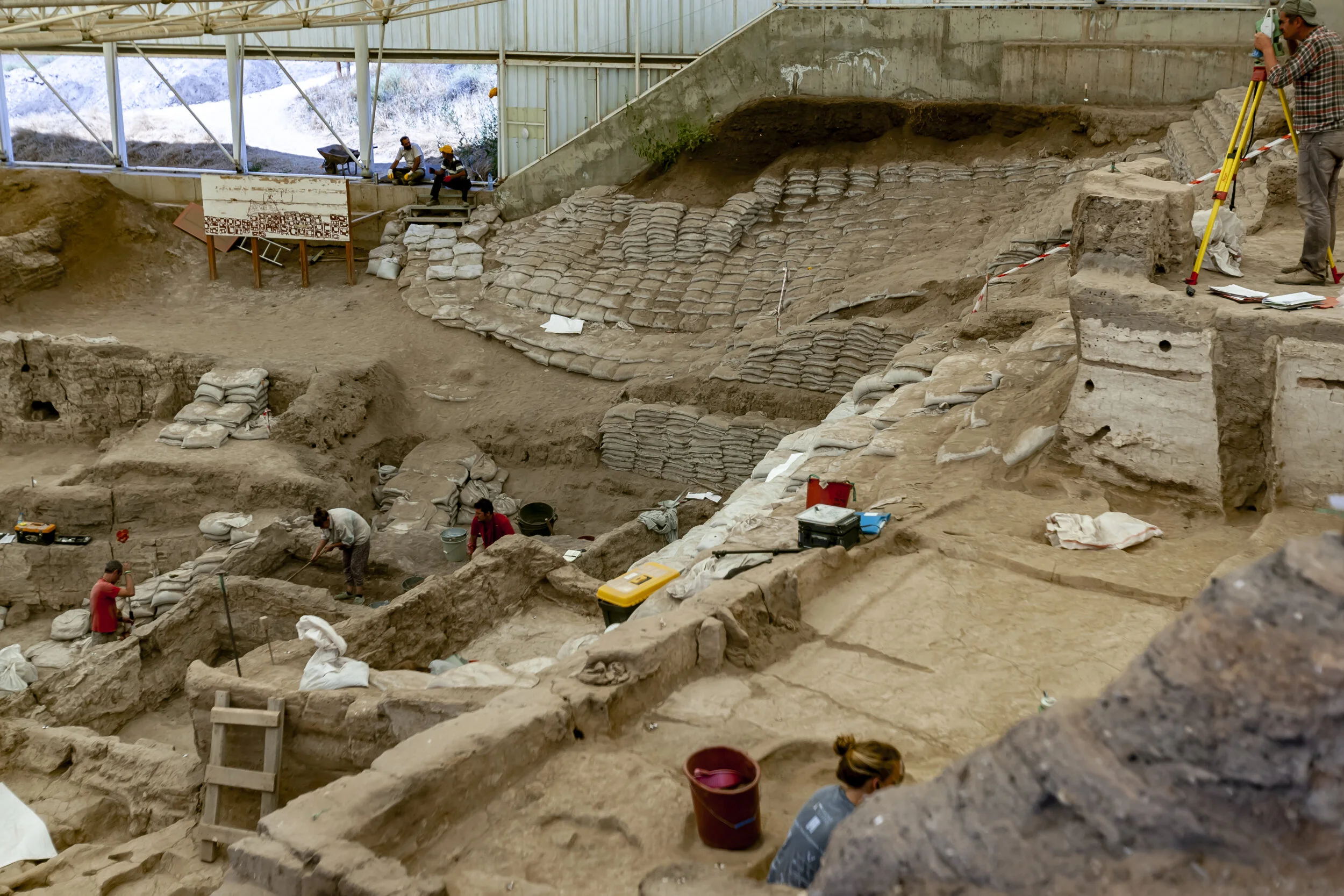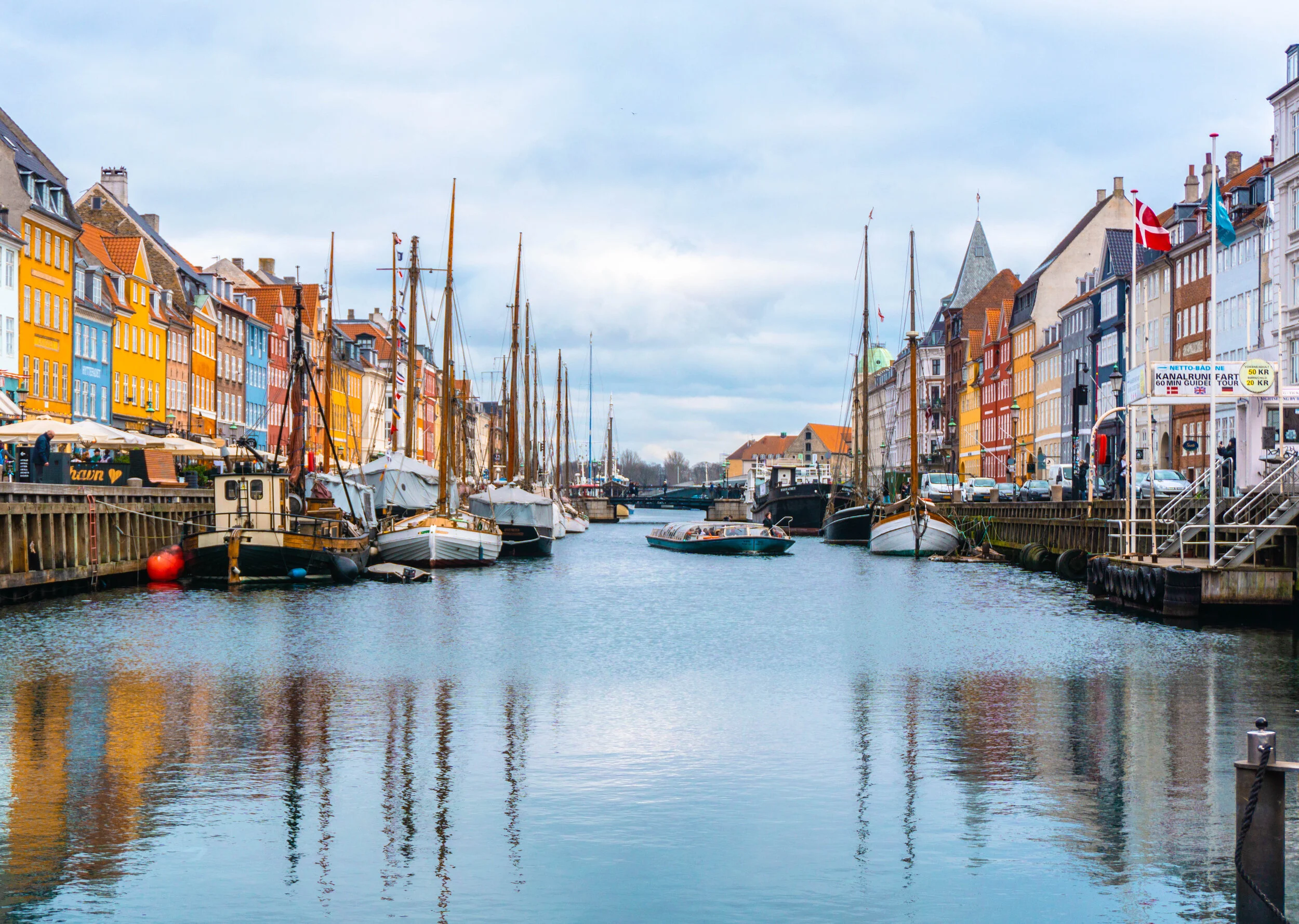Community-based Study Abroad Takes Students Off the Beaten Path
/by Makayla Vasek, Communications Specialist
To study abroad is to choose to be educated by another culture, not just in another culture.
One professor at the University of Texas at Austin, however, pointed out that this is not a nationally shared perspective. In an interview this summer with Orlando Kelm, a well-traveled professor and faculty leader for several previous study abroad trips, I inquired about his experience with creating new programs. Noting the importance of selecting a suitable study abroad provider, Kelm stated, “One of the mistakes that American programs in general make is to micromanage and insist we do things the ‘American’ way instead of trusting the provider...and [letting] our in-country partners do it their way to get the full cultural experience.”
As Professor Kelm indicates, international education, global collaboration, and cultural immersion are limited unless foreign educators are viewed as colleagues rather than study abroad aids. The solution? Community-based study abroad.
A Foundation of Community-based Learning
Our founder, Roman Yavich, recognized the value of learning from another culture early in his career during his research on sustainable tourism in Nicaragua. His experience working with the Nuevo Amanecer women’s cooperative in a small rural town called Sontule inspired Roman to mimic their foundational framework of community-based learning and create Learn from Travel.
Community-based learning is a strategy of allowing cultural immersion and community engagement to be natural educators during a student’s experience abroad. This strategy is based on a mutually beneficial relationship between faculty leaders, students, and the host community. In this relationship, the hosts share their knowledge on topics such as community structure, cultural tradition, and local industry, while instructors and students, in turn, provide a service or monetary compensation.
Read more about Learn from Travel’s founding on our website.
3 Ways Learn from Travel Integrates Community-based Learning
1. Rural Destinations
Unlike its larger competitors, Learn from Travel does not send students to popular capital city destinations. Instead, students take the road less traveled to engage with rural communities. These communities offer more authentic interaction with a culture because they often remain outside the influence of globalization. Students also have a greater opportunity to make meaningful connections with community members that will outlast the length of the program. Previous program destinations have included La Miel, Panama, and Santa Elena, Colombia, among others.
2. Homestay Living
Learn from Travel participants reside with local families in homestays - a stark difference from the dorm and apartment living they have become accustomed to in the U.S. Living alongside locals familiarizes students with the day-to-day proceedings of a culture as they engage in traditional meals, daily conversations, and even weekly house chores with their hosts. This intimate environment also inherently introduces students to a culture’s familial structure, roles, and expectations.
3. In-country Guides
Rather than expect U.S. faculty leaders to become experts on a given culture before departure, Learn from Travel places the responsibility of primary educator on in-country guides who live within the destination community full time. This strategy both alleviates pressure on faculty leaders as well as maximizes learning opportunities abroad as the trained guides introduce students to a culture through the eyes of a local.
For more information on the qualifications and favorite pastimes of our in-country guides, read their bios here.
Benefits of Traveling to Rural Communities
Program Affordability
Travel and food expenses in rural communities are lower than in larger, populated cities. By living in homestays, housing costs are also greatly reduced from that of university dorm or hotel room use.
Cultural Authenticity
Intimate community interaction gives students a sense of how the people of a country really live. Residing in rural communities also introduces students to authentic foods and traditions that they might otherwise miss in a globalized city.
Economic Sustainability
By employing rural communities, whether monetarily or through an exchange of services, Learn from Travel contributes to the economic viability of host communities and promotes entrepreneurship among hosts and students.
Community-based Study Abroad in Colombia
A previous Learn from Travel trip took a group of students from California Polytechnic State University to Colombia on a program entitled The Business of Flowers in Colombia. Catering to the instructors’ and students’ interest in international business, this program was designed to analyze the supply chain management of Colombia’s second most important agricultural commodity: cut flowers (second only to coffee). Instead of seating students in a large lecture hall with Colombian business students, however, our program centered participants in the flower field with a rural farm owner.
Students witnessed first-hand the flower-production process from seed growth to marketplace consumption by…
visiting a hydrangea farm in Medellin, Colombia.
watching a local family demonstration of bouquet arrangement.
walking through the city’s daily flower market.
speaking with an exporter about the logistics of cut flower exporting.
and hearing from governmental agencies and nonprofit organizations dedicated to regulating and protecting the cut flower industry.
Justin Gomez, a faculty leader of the group, described the program as “a unique travel learning experience...that felt warm, authentic and respectful. We went off the beaten path and learned first hand from small farmers and entrepreneurs.”
Community-based Learning = Long-term Education
Community-based learning is an investment in a student’s long-term education. It provides experiences that cannot be replicated in a classroom. It involves academic, cultural, and social learning. And it doesn’t teach to an exam. The experiences students engage in through community-based study abroad extend far beyond their college careers, making them more adaptable and culturally aware in their remaining studies, future careers, and social lives. These are lessons that a textbook simply can’t teach.
Ultimately, to study abroad is to recognize the limitations of your own country’s education methods and seek further learning from the expertise of others.















































